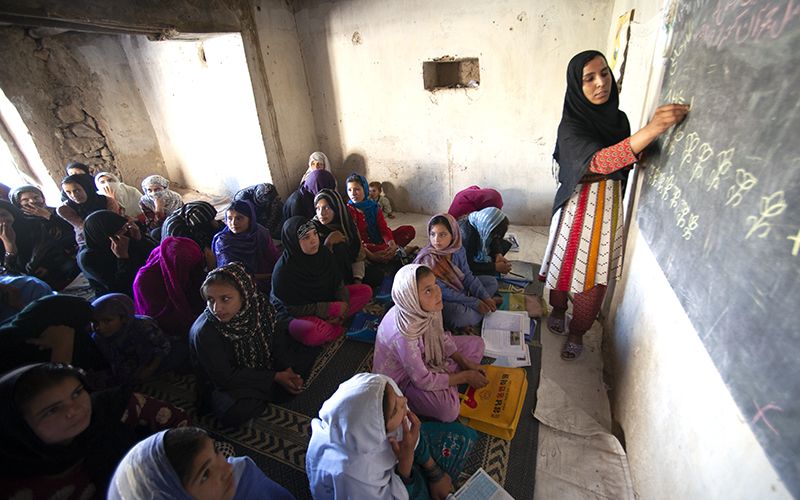When it comes to education, we believe the best way to ensure that students receive a quality education is by investing in the teachers leading the charge.
One U.S.-based study found that children placed with high-performing teachers for three consecutive years scored significantly higher on standardized tests than children who had low-performing teachers.
The problem is that long hours and low pay have left many communities without a sufficient number of teachers, especially in the remote areas where we work. In Afghanistan, for example, the Ministry of Education’s strategic plan calls for one teacher for every 54 students — a ratio that is not conducive for individualized learning. In contrast, the U.S. national average public-school student-teacher ratio is approximately 16:1. Additionally, teaching in Central Asia historically focused on memorization, not comprehension. Little or no emphasis was placed on understanding child development or accommodating different learning styles.

KEEP UP WITH THE LATEST NEWS
Sign up to receive updates and stories from the field.
Privacy Statement | Copyright 2025 Central Asia Institute. All rights reserved. Site Map
CAI is a U.S.-registered nonprofit 501(c)(3) organization, EIN #51-0376237. Contributions may be tax-deductible in the U.S.